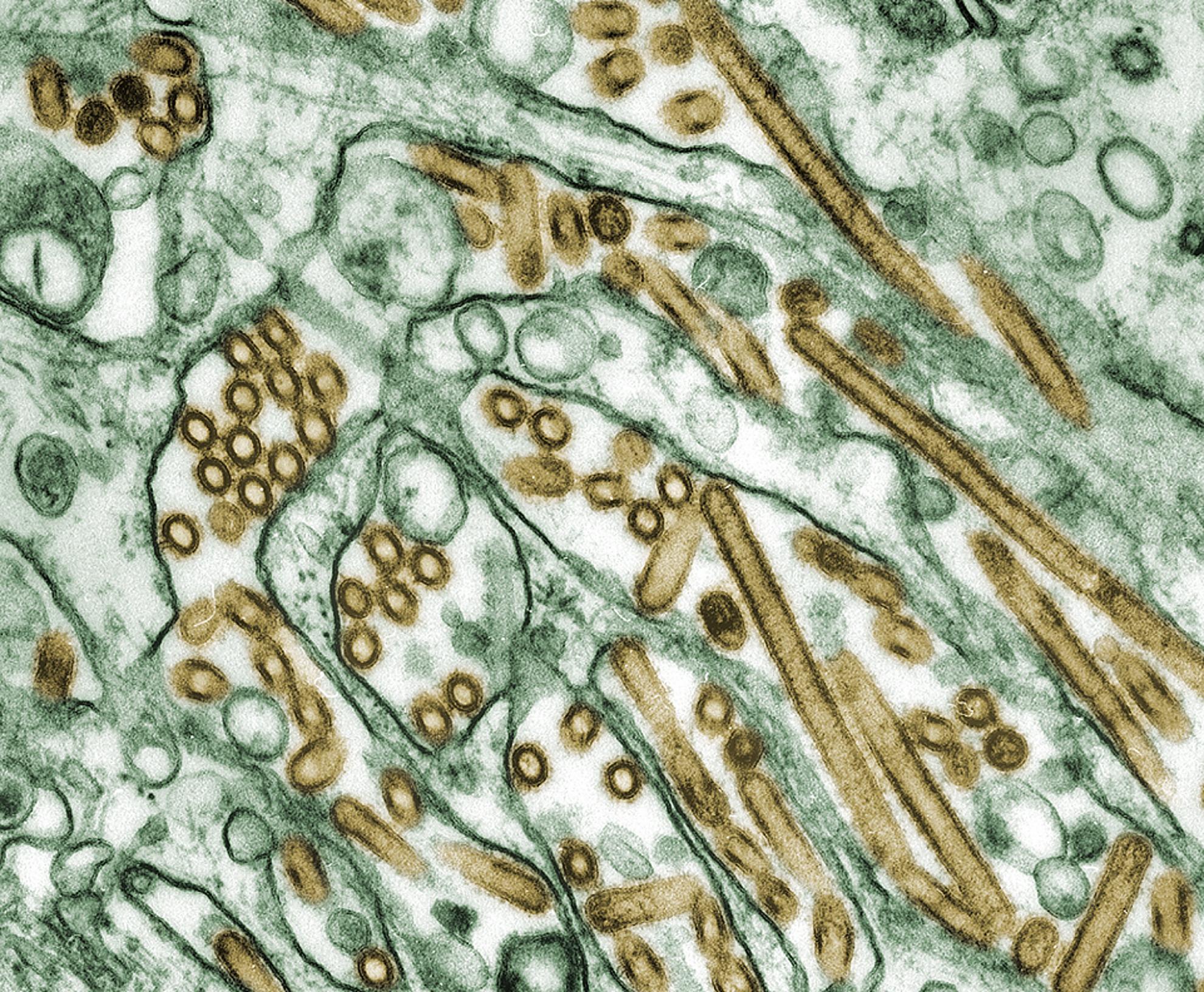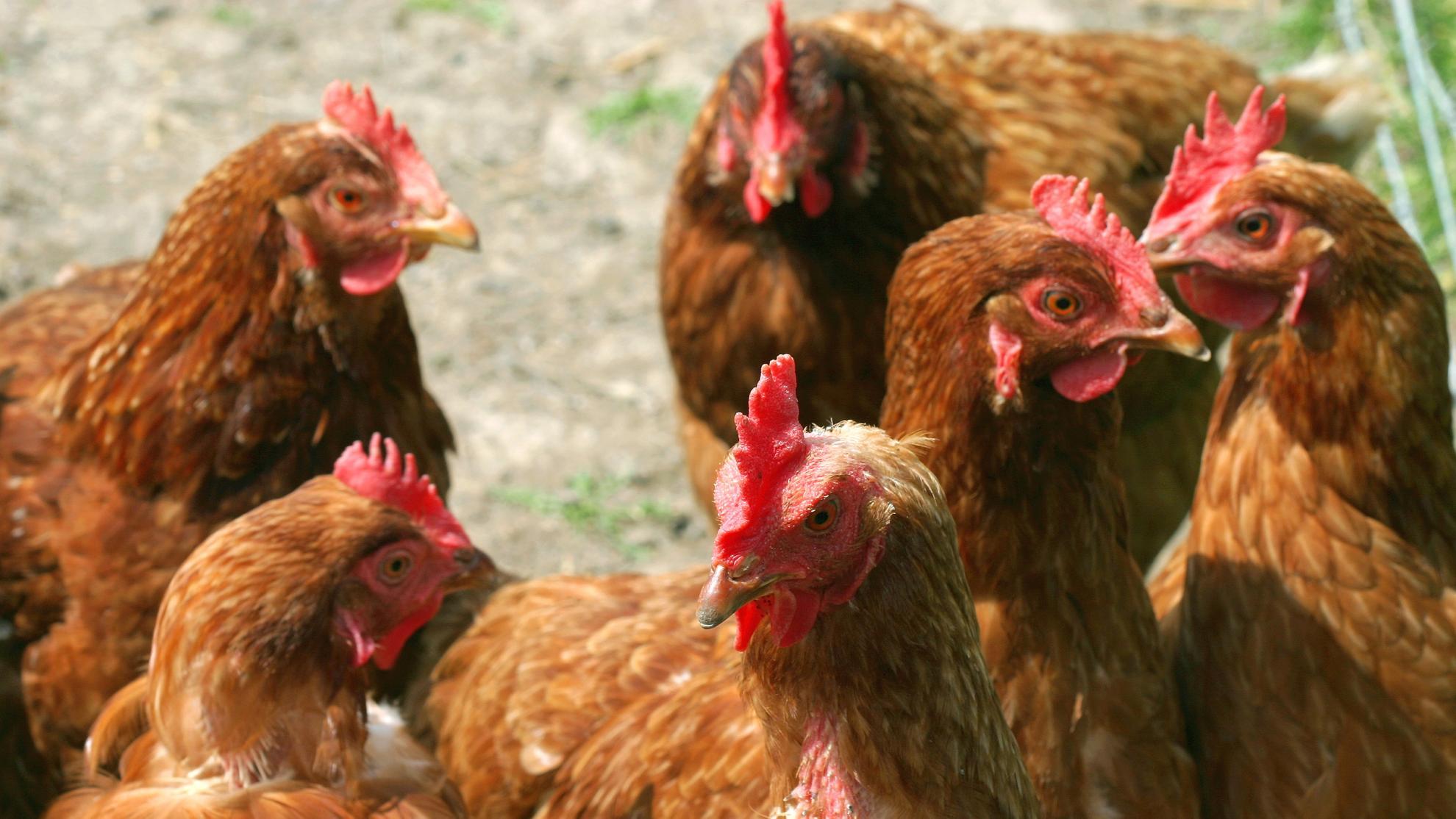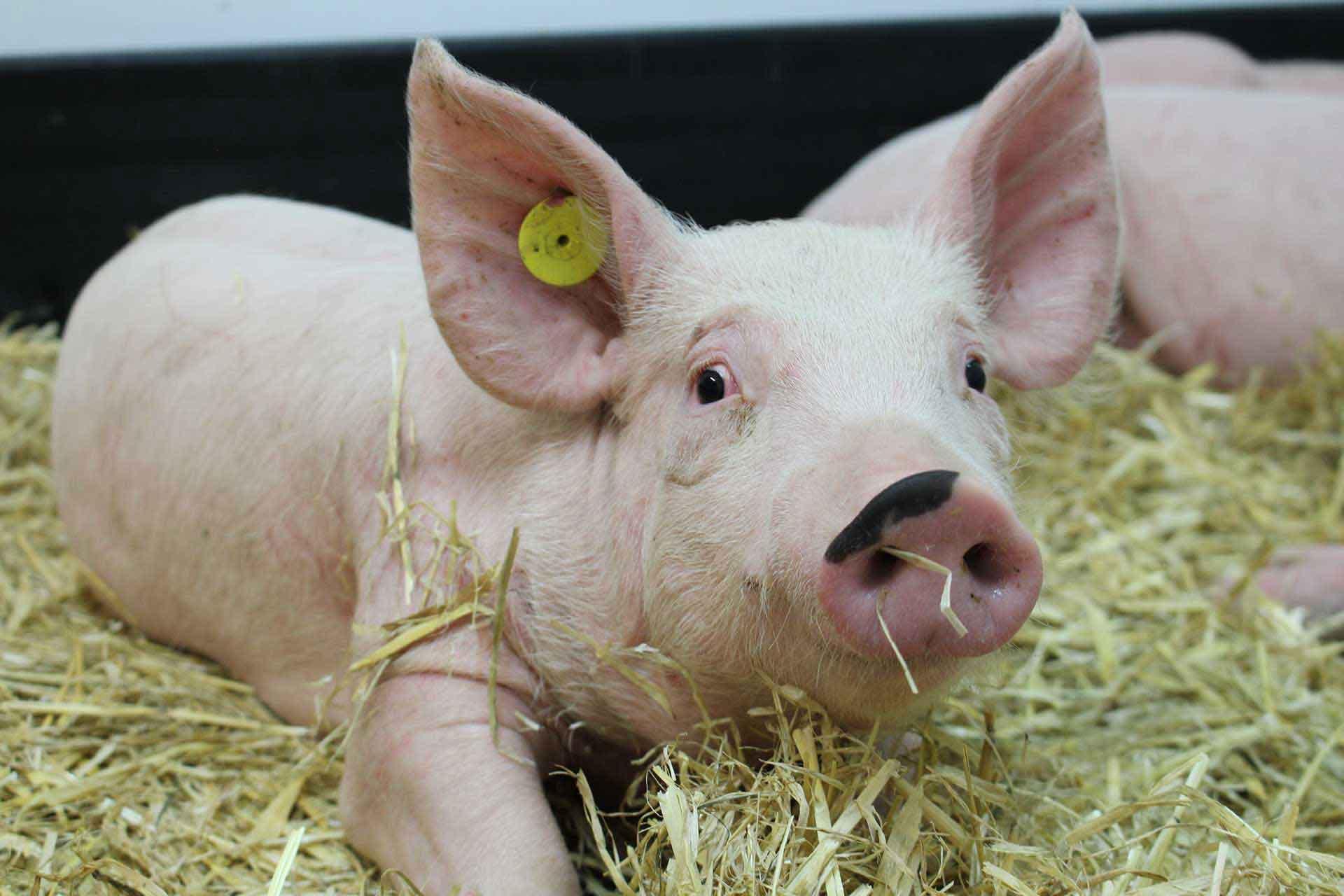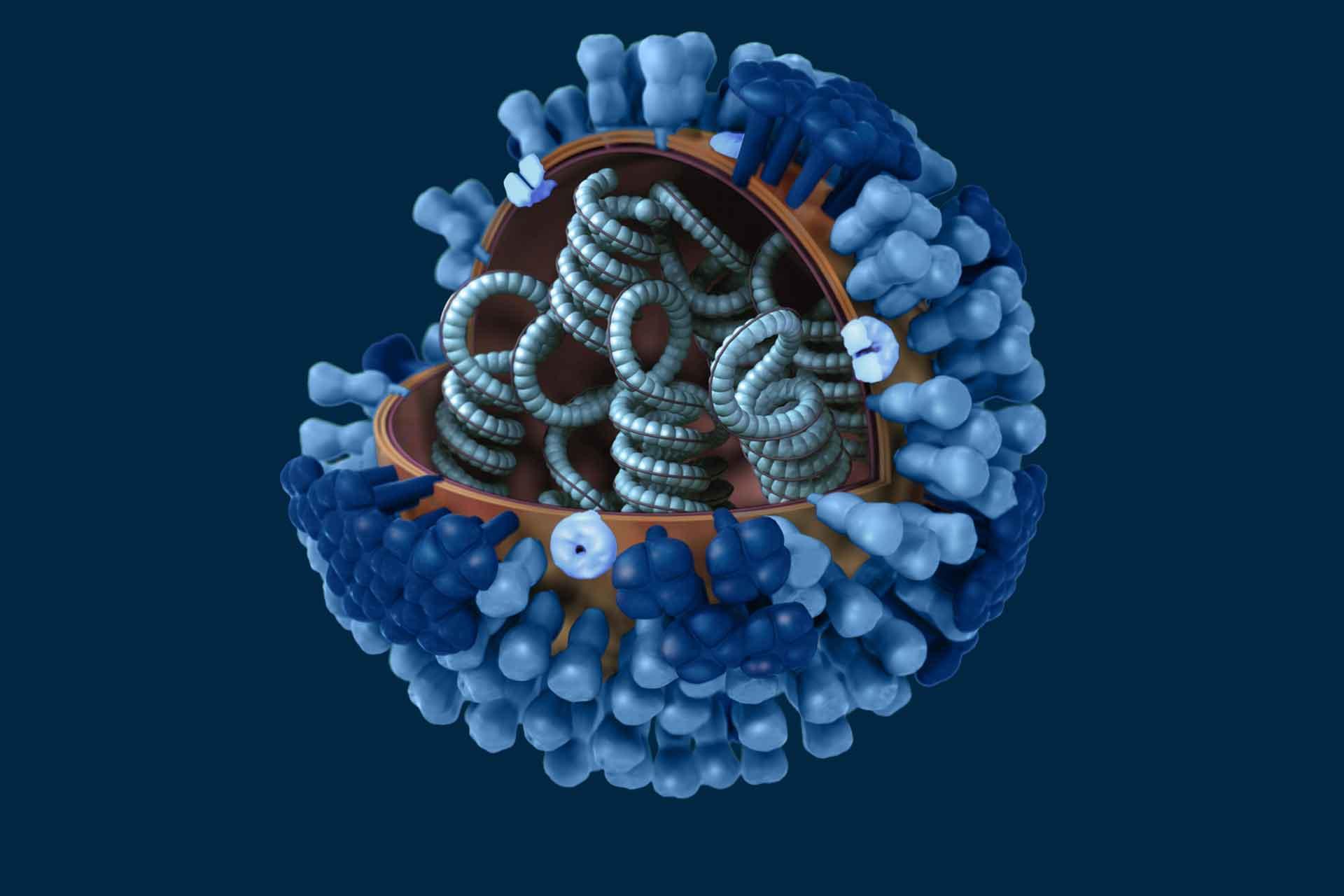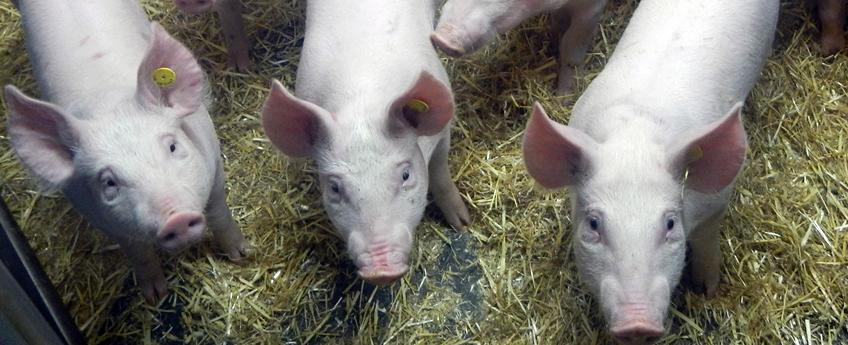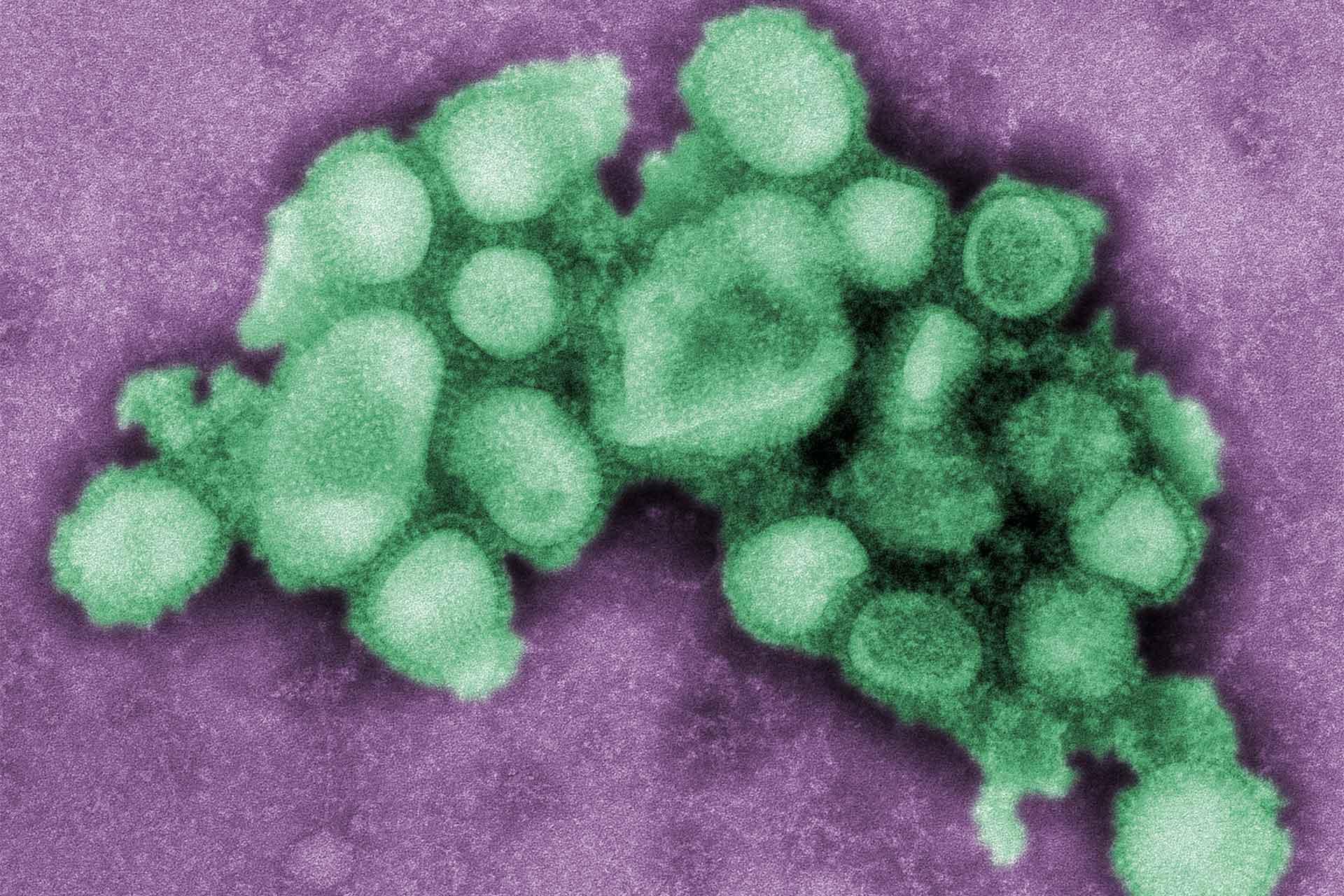Influenza viruses, commonly known as the flu, infect a wide range of hosts, including humans and swine. However, the natural reservoir of these viruses is found in populations of wild aquatic birds, such as ducks and shorebirds.
Influenza viruses can be transmitted by direct contact with infected individuals, by inhaling contaminated aerosols produced by coughing and sneezing, and through contact with contaminated objects (fomites).
The virus can spread globally. In temperate climates, seasonal epidemics occur primarily during winter, while in tropical regions, outbreaks tend to be more sporadic. It is estimated that these annual epidemics result in about 3 to 5 million severe human cases, and approximately 250,000 to 500,000 deaths. Occasionally, particularly virulent strains can emerge, leading to pandemics, such as the ‘Spanish flu’ in 1918, which caused upwards of 50million deaths.
Prevention is very difficult as migratory birds can carry the flu without any symptoms and droppings from infected wild birds (or dead wild birds), can easily fall into livestock pens.
A new vaccine is created each year to protect against current circulating human virus strains. These are given to the young, elderly and higher risk groups such as those with asthma.
Clinical signs
Influenza viruses cause the flu; symptoms can vary depending on the animal infected, the immune response and the virulence of the strain.
- Fever
- Coughing, sneezing, difficulty breathing
- Fatigue
- Loss of appetite
When Influenza strains rearrange they can create particularly devastating outbreaks of flu, which can result in more severe symptoms and can even lead to death.
Virology
Influenza viruses are members of the family Orthmyxoviridae, and exist as three types; Influenza Type A, Type B and Type C.
The types are subdivided into categories (strains) depending on the outer proteins H (Haemagglutinin) and N (Neuraminidase). These outer proteins can be combined to create different strains, for example, H1N1, H5N1, H9N2. Each strain can infect a certain set of animals, but the viruses can sometimes rearrange to infect other species.
Influenza viruses have a single stranded RNA genome that is spilt into eight different segments. It is surrounded by an envelope and a capsid.
Pirbright's research on influenza viruses
The Institute works on both avian and swine flu to protect livestock and human populations. Research is concerned with improving the speed and accuracy of flu diagnostics, and creating a new universal vaccine that would potentially be able to protect against all strains of flu.
